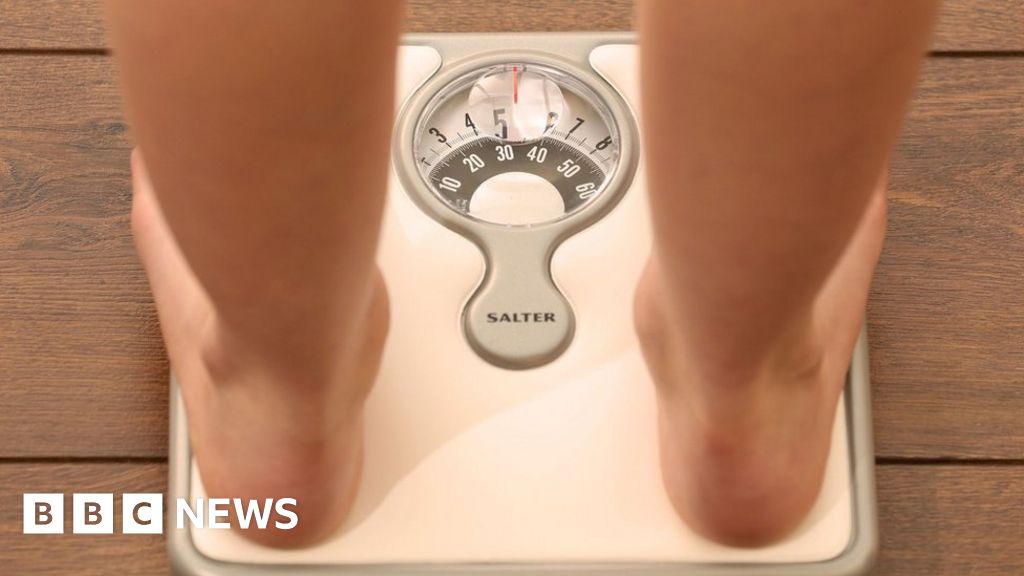YouTube rolls out a new way to offer help during health emergencies
YouTube states it has started rolling out a new health-oriented shelf of information when users look up first-aid/emergency help in the U.S.Such information comes from Mass General B… [+2431 chars]read more
Background
The accuracy of medical information on YouTube can vary significantly. While there are many reputable channels and healthcare professionals who provide accurate and evidence-based information, there is also a considerable amount of content that may be misleading or incorrect.
It’s crucial to approach medical information on YouTube with a critical mindset. Consider the following tips:
- Check the source: Look for videos from reputable healthcare professionals, medical organizations, or educational institutions. Verify the credentials of the creator.
- Peer-reviewed information: Prefer content that is based on peer-reviewed research or has references to credible sources. Be cautious of content that lacks proper citations or references.
- Consult multiple sources: Cross-reference information by consulting multiple sources. Consistency across reputable sources increases the likelihood that the information is accurate.
- Be wary of personal anecdotes: While personal stories can be powerful, they should not replace evidence-based information. Anecdotes may not be representative of the general population and should be considered with caution.
- Look for disclaimers: Reliable creators often provide disclaimers about the limitations of their content. If a video lacks disclaimers or transparency, be cautious.
- Consider the date: Medical information can change over time as new research emerges. Ensure that the information is up-to-date.






